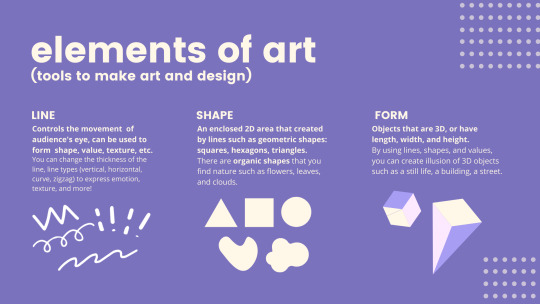Note
How to draw?

here, take these links
The Complete Famous Artists Course
Collection of Art Books and Resources
34K notes
·
View notes
Text
Tips For Studying When You're Burned Out:

(ideally, you shouldn't even be studying if you're burned out but we live in a shitty world and sometimes you gotta do what you gotta do)
don't look at your assignments as something you have to do. that leads to frustration and constant anxiety over procrastination. instead, think of them as something you want to do!! do them well for the sake of doing them well, not because you have a deadline in two hours.
start with the least emotionally taxing stuff first, like readings or some math warm-ups to get you into the groove. it'll help you ease into the right mindset so you can work properly.
use lifeat.io if you're on a computer!! they have amazing virtual study spaces which have helped me focus whenever i'm in a less-than-ideal situation with a lot of noise and distraction.
listen to calm music if you're the type that needs headphones in to do anything. a good example would be lofi hip-hop or some uplifting classical music. angsty indie is fine, but crying in the middle of your economics essay probably isn't the best use of your time.
if you've been working on something for a few hours and don't understand the topic, take a break and do something else (don't scroll through social media, you'll end up losing an hour or so procrastinating). recharge with a warm drink and let your brain reset. you're more tired than you know.
khan academy and photomath are your best friends. use any and ALL online resources you have, it'll save you a lot of energy!!
if you absolutely can't cope up/know you can't prevent the inevitable, please, please email your prof beforehand!! state clearly the reason why you're not able to complete the work they assigned and what you're going to do to make it up. most of the time they'll be understanding and extend your deadline.
but if your prof is that 5% which doesn't care about your mental health and/or thinks you're slacking off, you probably should have a conversation with your mentor and re-evaluate whether being in that class is the right thing for you.
stay safe and take care of yourself lovelies, you'll make it through this!! <3
2K notes
·
View notes
Text
Academic writing advice inspired by Umberto Eco’s ‘How to Write a Thesis’:
Planning
Determine primary sources/bibliography.
Determine secondary sources/bibliography.
Find title.
Brainstorm a table of contents with as much detail as possible (with chapters, sections and even paragraphs and sub-paragraphs - see How to Write a Thesis’ own table of contents as an example at the end of this document) (if the first drafted table of contents is good enough, it will not be necessary to start the writing from the beginning).
Do a first draft of the introduction.
Note-taking and research
Use Google Scholar to make sure you do not miss important sources.
Keep the table of contents in mind when researching and take notes of which sources could go where.
While note-taking, differentiate which parts could be used as quotations from the ones that are simply important for the argument.
Eco underlines the importance of what he calls reading sheets, which can be understood as your notes on your readings. According to him, these should contain:
information about the author if he is not a well-known figure;
a brief (or long) summary;
they should mostly consist of quotations (accompanied by all the corresponding page numbers)
any commentaries you might want to add;
an indication of which part (or parts) of your table of contents the information mentioned belongs to.
Keep reading sheets on primary sources (which should be the longest) separate from those on secondary sources (which should only be 1-2 pages long).
In the end, re-read the notes and color-code all the different parts according to where they would fit in your table of contents.
Writing and editing
A good place to start would be by redrafting the introduction.
Define every key/technical term used/mentioned unless indisputably obvious.
General writing tips:
keep sentences short;
do not be afraid to repeat the subject twice (ex: Roberta went to the shop (…) Roberta bought carrots and tomatoes);
avoid excessive details;
avoid subordinate clauses (orações subordinadas);
avoid vague language;
avoid unnecessary adjectives;
avoid the passive voice.
While drafting, write everything that comes to mind. Leave the editing for the end.
Use your tutor as a Guinea pig. Make them read your first chapters (and, progressively, all the rest) well before delivery is due.
Ask for as much feedback as possible. Ask colleagues, friends and/or family to read your work. They will provide you with more diversified feedback, as well as allowing you to know if your writing is clear to anyone.
Stop playing ‘solitary genius’.
Don’t insist on starting with the first chapter. Start with what you know best and feel more comfortable writing about, then fill in the gaps.
Leave time for editing and try to take at least a one or two days long break in between writing and editing.
Do not forget to fill in the gaps. When you revisit your writing, go through it with all these writing tips in mind as well as a conscience of what your most common mistakes are.
Use Hemingway in the final editing phase.
Quotations and footnotes
Since there are two kinds of sources (primary and secondary), there are also two kinds of quotations: either we quote a text which we will interpret, or we quote a text which supports your interpretation.
Some quotation rules to know:
“Quote the object of your interpretive analysis with reasonable abundance.”
“Quote the critical literature only when its authority corroborates or confirms your statements. (…) when quoting or citing critical [aka secondary] literature, be sure that it says something new, or that it confirms authoritatively what you have said.”
“If you don’t want readers to presume that you share the opinion of the quoted author, you must include your own critical remarks before or after the passage.”
“Make sure that the author and the source of your quote are clearly identifiable.”
“When a quote does not exceed two or three lines, you can insert it into the body of the text enclosed in quotation marks. (…) When the quote is longer, it is better to set it off as a block quotation. In this case the quotation marks are not necessary, because it is clear that all set-off passages are quotes, and we must commit to a different system for our observations. (Any secondary developments [like the quote’s reference] should appear in a note.) (…) This method is quite convenient because it immediately reveals the quoted texts; it allows the reader to skip them if he is skimming, to linger if he is more interested in the quoted texts than in our commentary, and finally, to find them immediately when need be.”
Some footnote rules to know:
“Use notes to add additional supporting bibliographical references on a topic you discuss in the text. For example, ‘on this topic see also so-and-so.’”
“Use notes to introduce a supporting quote that would have interrupted the text. If you make a statement in the text and then continue directly to the next statement for fluidity, a superscript note reference after the first statement can refer the reader to a note in which a well-known authority backs up your assertion.”
“Use notes to expand on statements you have made in the text. Use notes to free your text from observations that, however important, are peripheral to your argument or do nothing more than repeat from a different point of view what you have essentially already said.”
“Use notes to correct statements in the text. You may be sure of your statements, but you should also be conscious that someone may disagree, or you may believe that, from a certain point of view, it would be possible to object to your statement. Inserting a partially restrictive note will then prove not only your academic honesty but also your critical spirit.”
“Use notes to provide a translation of a quote, or to provide the quote in the original language.”
10K notes
·
View notes
Text
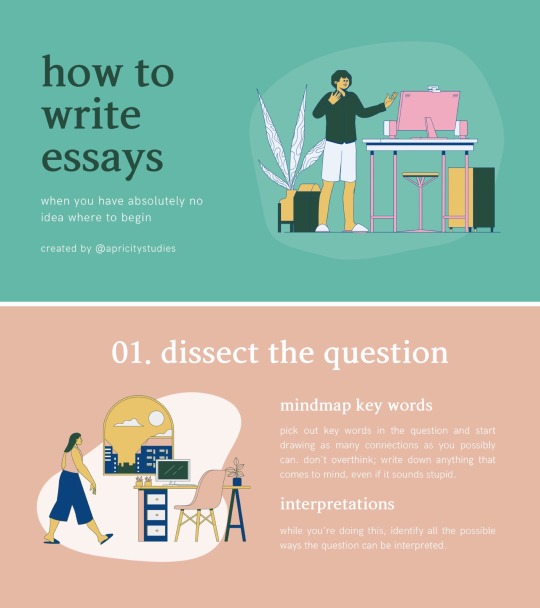
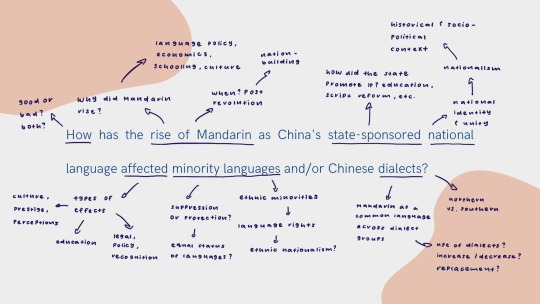
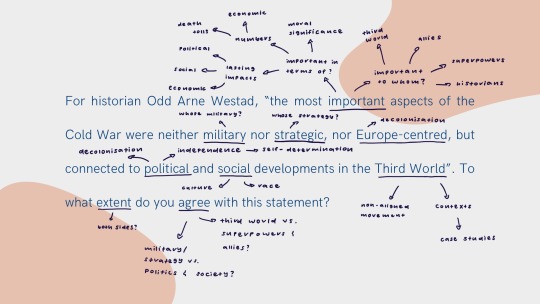
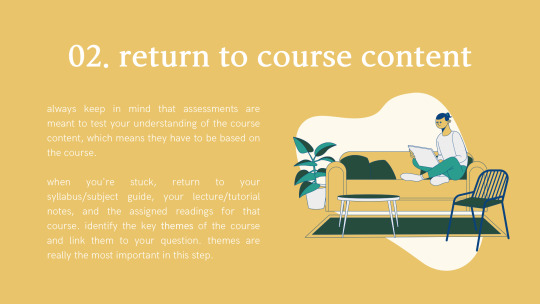
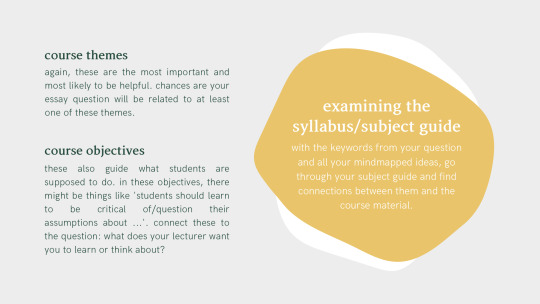
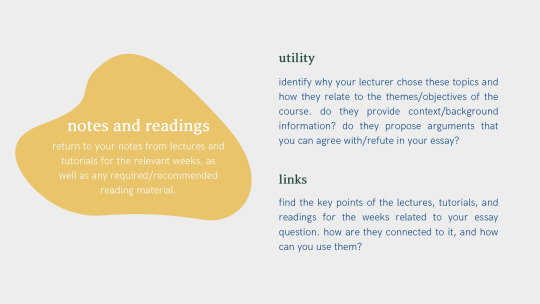
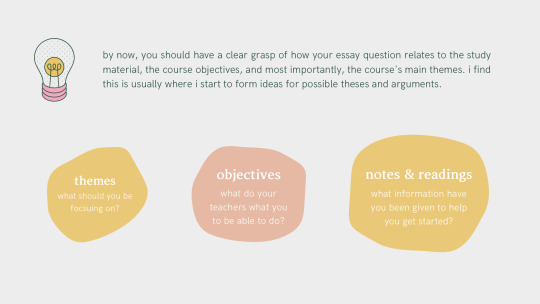
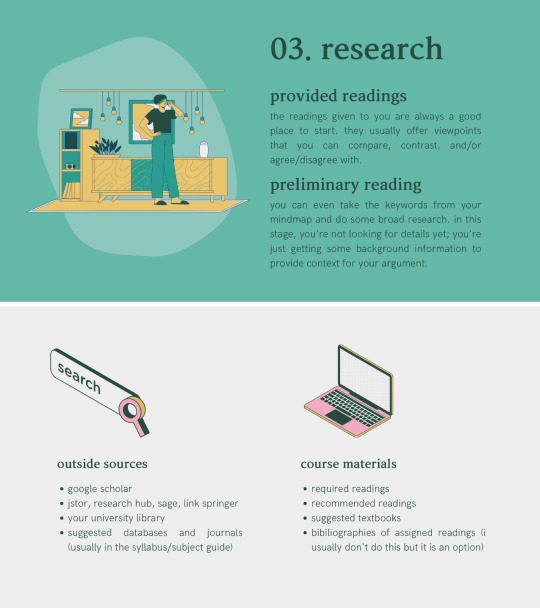
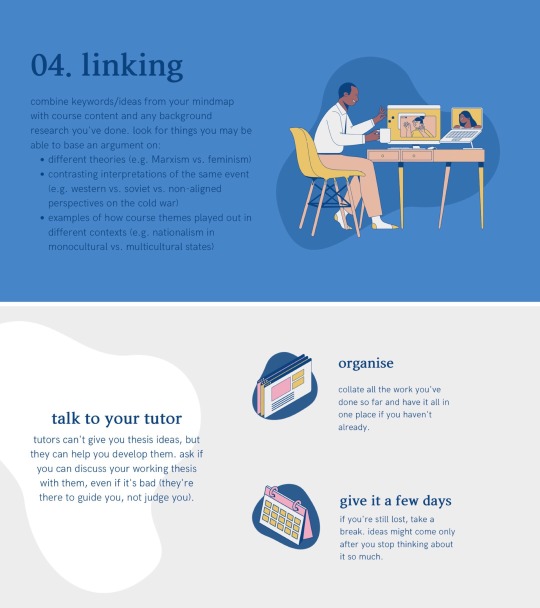
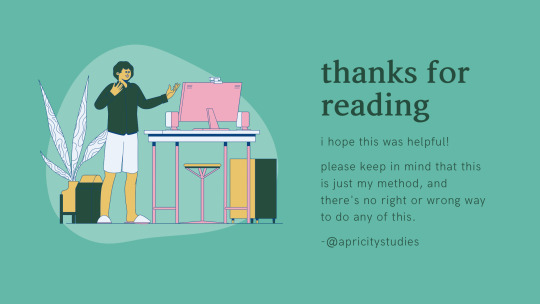
here’s my brainstorming process for writing essays! the example questions i used are pretty straightforward but i use this for more abstract essay questions as well.
3K notes
·
View notes
Text
beginner’s guide to japanese cuisine
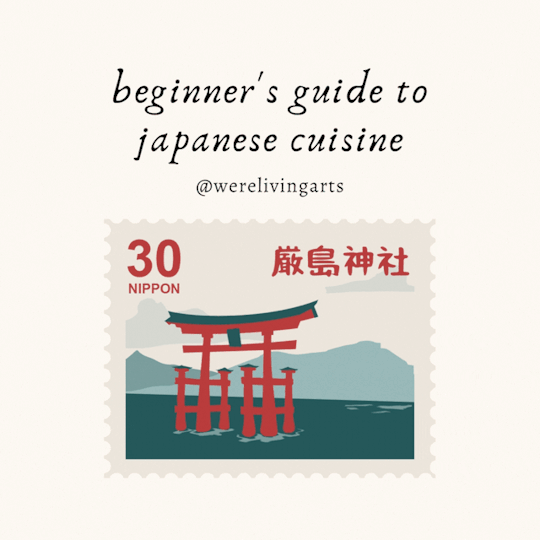

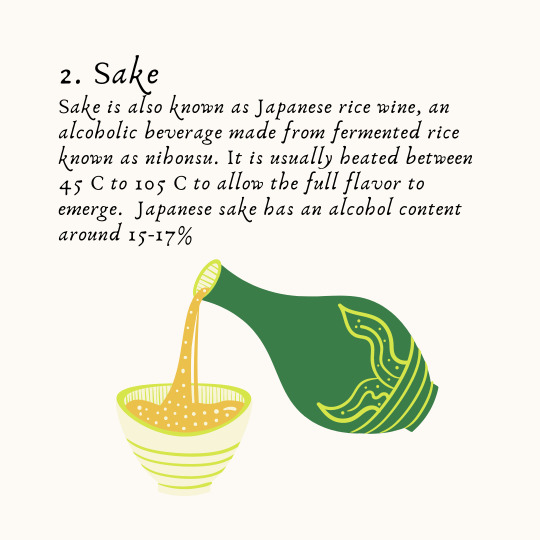
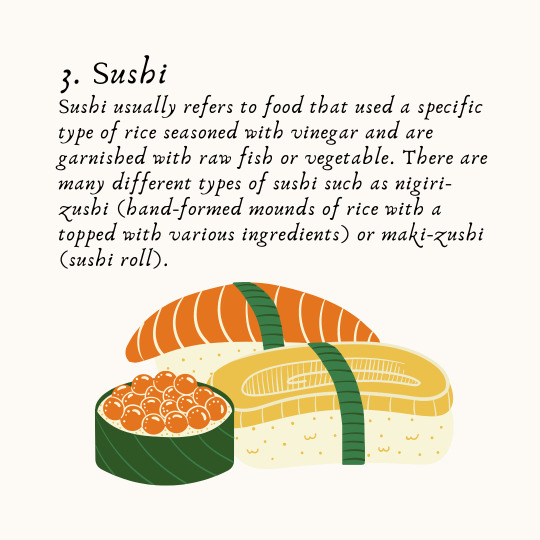
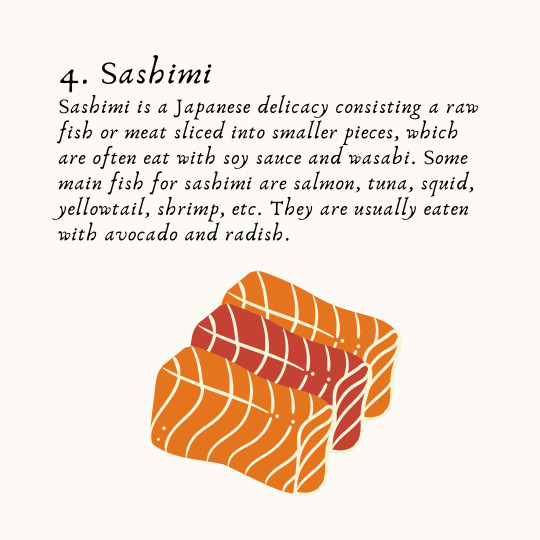

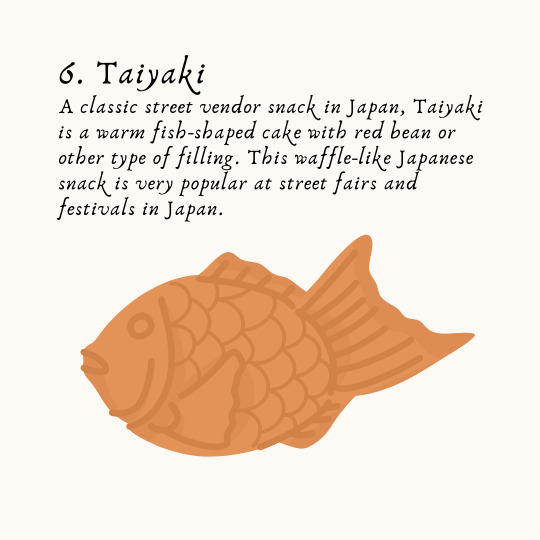
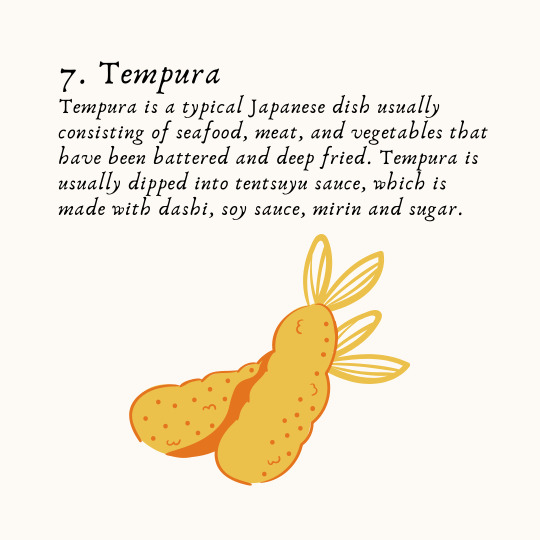
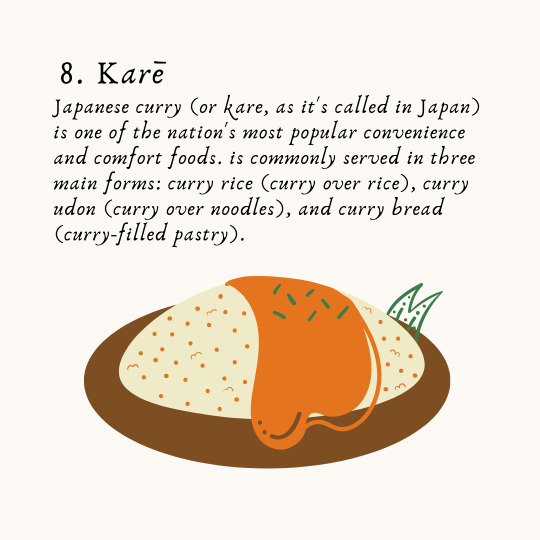
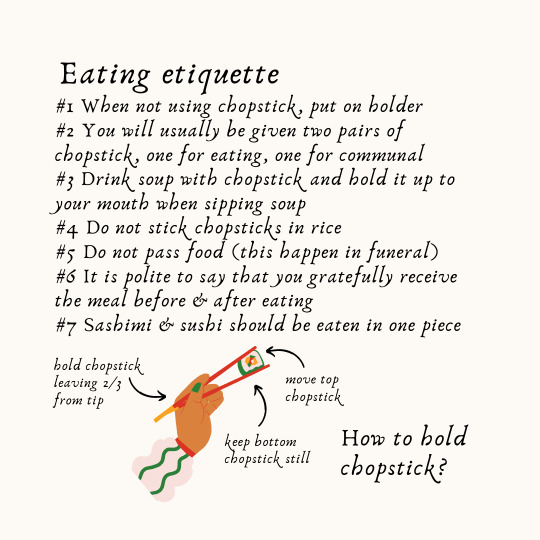
Hey it’s werelivingarts, I’m back with another beginner guide to food/cuisine! This time is Japanese cuisine!
My favorite Japanese food are sushi, sashimi, udon and tempura! I really hope that I can try out taiyaki once! Japan is also very famous for its table manner, Japanese will definitely forgive you for not understanding their customs, but by following common etiquette demonstrate good manners and respect!
4K notes
·
View notes
Photo

Notetaking
Sound Note - take notes while you record audio
Evernote - notetaking that syncs across platforms
Paper 53 - minimal notetaking that syncs
Microsoft OneNote - collaboration and syncing, best for Office users
Google Keep - jot things down, best for Google suite users
Notability - take notes and annotate PDFs
Mindly - create mind maps
Day One - a digital journal
Flash Cards
Quizlet - the quintessential flash card app
StudyBlue - another commonly used app
Cram - best for its “cram mode”
Eidetic - uses spaced repetition for effective memorization
Planner
My Study Life - schedules, tasks, reminders, and more
StudyCal - keeps track of tasks, exams, and grades
24me - automated reminders and event planning
iStudiez - schedule and prioritized task list
Google Calendar - a calendar, best for Google users
Glass Planner - a calendar and to do list with incredible functionality
To Do List
Clear - organized to-do and reminders
MinimaList - simple to-do and focus timer
Trello - collaborative project organizer
Todoist - clean and functional task manager
Default notes app on your phone
Time Management
Forest - plant trees by staying focused
Pomotodo - pomodoro timer with to-do list
Timeglass - custom timers
Tide - pomodoro with white noise
Alarmy - forces you out of bed
Pillow - smart alarm that tracks sleep cycles
Productivity
Workflow - automate tasks
Habitica - turn your habits into an RPG
Continuo - simple, colorful activity tracking
Freedom - block distracting apps
Free Learning
Coursera - free MOOCs
TED - listen to Ted Talks
Duolingo - language learning
Memrise - spaced repetition language vocabulary
Khan Academy - free video lessons
Ambient Noise
8tracks - curated playlists
Spotify - online music streaming
Coffitivity - cafe ambience
Noisli - background sound generator
Rain Rain - rain sounds
Binaural - binaural beats
Health
Rockin Ramen - recipes based on ramen
MealBoard - meal planning
Lifesum - healthy eating
Stop Breath And Think - mindfulness meditation
Pacifica - mental health management
Sworkit - personalized video workouts
Waterlogged - hydration tracker
Reference
WolframAlpha - Google on steroids
Oxford Dictionary - all of English at your fingertips
RefMe - citation generator
PhotoMath - solve math problems by taking a photo
Mathway - step by step math help
Desmos - free graphing calculator
Wikipedia - not the best source, but it’s handy
Miscellaneous
Companion - stay safe when walking alone
Mint - money management
Toshl - finance manager
Tiny Scanner - scan documents
90K notes
·
View notes
Text
20 goals and reminders for you
a small collection of things to remember.
1. your life can look so different, so much better, in just a few months. keep going.
2. read at least a book a month
3. list 5 things that make you happy every day
4. create playlists for every mood
5. learn a new language through consistent practice every day
6. research new topics that interest you, how about coding, music, or graphic design?
7. compliment people frequently!!
8. don’t be afraid to introduce yourself to someone new, it can be online as well
9. try to notice the sky and the air and the flowers, pay attention to your surroundings
10. focus on one thing at a time. just one thing. that’s what prioritization really is.
11. collect quotes that motivate you
12. try journaling, or just writing down all the funny quotes your friends say
13. you teach people how to treat you by what you tolerate
14. always have a bottle of water by your desk. when you get the urge to check your phone, keep your hands busy by drinking water instead.
15. don’t be afraid of bad days; they happen and you shouldn’t blame yourself for it
16. when you’re not doing great: open your curtains, take a shower, stretch, go for a walk. let your mind wander, rest and refresh.
17. know what you can and cannot control.
18. make a list of reasons to keep going, to keep you motivated. whenever you feel down, read it and add another one.
19. more cozy study dates in cafes!! (still abiding distancing rules in your country ofc)
20. and above all: stay hydrated!!
[ for more posts like these, visit my instagram @softlyshade ]
7K notes
·
View notes
Photo

- S H R I N E - (at 金閣寺) https://www.instagram.com/p/CBBQWJGjCJF/?igshid=hm7rlc97nswr
0 notes
Text
ways to help protestors if you are unable to protest
everybody has to do their part. as a reference, this was posted on 1 june 2020. if any links are broken or direct to a place they should not, please feel free to add on with corrections. if there is new information with better knowledge, please feel free to share. thank you.
1. donate
do not donate to shaun king. he has repeatedly collected money to “support” black people, but no one knows where the money is.
BAIL FUNDS (ALPHABETICAL ORDER; NOT A COMPREHENSIVE LIST)
note: washington dc and new jersey have cashless bail systems.
bail fund google doc (also includes lawyers for protestors)
national bail fund network (directory of community bail funds)
community bail funds masterpost by @keplercryptids
resistance funds (google sheets; lists bail funds around the country)
nationwide bail funds (split a donation to the bail funds listed on the linked page with a single transaction)
atlanta bail fund
brooklyn bail fund
colorado freedom fund
columbus freedom fund
houston chapter of black lives matter
liberty fund (nyc based; focuses services on people from low-income communities)
los angeles freedom fund
louisville community fund
massachusetts bail fund
minnesota freedom fund (as of may 30, 2020, they are encouraging people to donate elsewhere since they have raised enough money; as of may 29, 2020, they do not have a venmo, as some fraudulent accounts have been claiming, source)
philadelphia bail out fund
richmond bail fund
MORE PLACES TO DONATE
note: more links are listed in the masterposts below.
northstar health collective (healthcare and medical aid for people on the front lines)
reclaim the block (aims to redistribute police funding to help the minneapolis community)
twin cities dsa (provides fresh groceries and hot meals to people in minneapolis)
2. educate yourself
it isn’t enough to sign petitions and reblog/retweet/etc. nonblack people, including people of color, owe it to black people to educate themselves and correct themselves and the people around them on anti-blackness.
note: more links are in the masterposts linked below.
resources and tools regarding racism and anti-blackness (google sheets compilation)
readings on society, racism, the prison system, etc. (twitter thread)
“where do we go after ferguson?” by michael eric dyson
official black lives matter website
3. give out supplies to protestors
people need supplies to protest safely, and even if they bring supplies with them, they can often run out. if you’re able, stock up and hand them out to people protesting. for more supplies to donate, see the “george floyd action” google docs link in section 5.
water bottles (dehydration and heatstroke are not things people should have to deal with alongside bastard cops. if the police in your area are particularly violent or known to use tear gas, get the ones with the sports cap/suction-thing/etc so people can use them as emergency eye-flushes.)
snacks (make sure to take into account that people have allergies of all sorts. foods will have a little label that says “may contain” and then list any potential allergens. write the allergens on the ziploc (or any container you use) in permanent marker, or better yet, write the snacks included in the pack.)
masks (don’t forget there’s still a pandemic going on. also it will aid in deterring facial recognition when the police try to track down protestors, also part two, if the cops use tear gas, wearing a mask (with the combination of a scarf or bandana) will lessen the adverse effects. lessen, not stop.)
bandanas, scarves, etc. and goggles (ski goggles, swimming goggles, etc.) (see above for explanation on the scarves. same goes for the goggles. anti–tear gas and anti–facial recognition.)
clean shirts (for people who are heavily gassed. also helps deter recognition through clothing.)
wound care supplies (band-aids, packets of neosporin packets or a similar antibiotic, alcohol wipes, etc.; if you can, decant bactine into those little travel bottles.)
a sharpie or another type of marker (for writing bail numbers or emergency contacts on arms, hands, etc. it’s not enough to have your city’s bail fund number stored on your phone; the police won’t give it to you to look it up. give people a marker so they can write it down, preferably not washable so it isn’t easily removed.)
IMPORTANT: KNOWING FIRST AID
tear gas: if you’re hit, get out as fast and as soon as you can. take anyone you can with you. the longer you’re in the gas, the harder it will be for you to see, and it can irritate your airways, making it hard to breathe. if you’re hit, don’t run; it’ll only make things worse on your lungs. when you leave the area, take a cold shower. don’t use hot water (it will only reactivate the agent); don’t bathe (it will only spread the CS around). (source 1) (source 2) (cdc fact sheet on tear gas)
move them to a clean and ventilated area where it’s as safe as possible.
ask them if they’re wearing contact lenses. have them remove it. if they’re wearing glasses, rinse it with water.
solution of half liquid antacid, half water. spray from the inside going out, with the head tilted back and slightly towards the side being rinsed. if they say it’s okay, open the eye slightly while doing this. (source)
bullet wounds: the most important thing is to stop the bleeding. be sure to check for an exit wound and cover that as well. treat both wounds, but treat the worse one first.
stop the bleed (youtube video by uc san diego health)
first aid in active shooting scenarios
making a tourniquet (a commercial tourniquet is best, but improvised ones can work as well if done properly; the most important things to remember is that tourniquets are for limb injuries and are not meant for the head or torso and that they have to be very tightly wound on the injury.)
how to apply pressure dressings
miscellaneous
adult cpr tutorial (youtube video by cincinnati children’s; think of “staying alive” by the beegees or “uptown funk”)
4. be a source of information
be responsible with this. people’s lives are at stake. that being said, the media is a fucking joke and the best way to get accurate information in a grassroots rebellion is amongst ourselves. record everything, but if you are going to share any information at all, be sure to blur people’s faces.
signal (encrypted messenger app; messages delete after x amount of time): app store | google play
tool for scrubbing metadata from images and selectively blurring identifiable features
tech tips to protect yourself while protesting (by rey.nbows on tiktok, via vicent_efl on twitter)
cop spotting 101 (google docs)
know your rights (by personachuu on twitter)
NUMBERS TO CALL FOR ARRESTED PROTESTORS (ALPHABETICAL ORDER; SOURCES LINKED TO THE NUMBER)
remember to keep phones OFF unless absolutely necessary. cell phone towers, stingrays, location notifs can all be used to track you and other protestors. don’t fuck around. if your phone must be on, keep it on airplane mode as often as possible and only communicate using encrypted methods. no, snapchat doesn’t count. (a twitter thread on stingrays, for those interested)
lawyers assisting protestors pro-bono (by riyakatariax on twitter)
atlanta: 404-689-1519
chicago: 773-309-1198
minneapolis: 612-444-2654
5. miscellaneous links and links for protestors
masterpost of petitions to sign, numbers to call, places to donate, and more (carrd by dehyedration on twitter)
#blacklivesmatter (google docs by ambivaIcnt on twitter; includes information on relevant events, other masterposts, lists of petitions and donation links, how to protest safely and protests to go to, and more)
george floyd action (google docs; includes information on apps to download, supplies to buy and donate, places to donate to, protest safety, resources on unlearning racial bias, and more)
how to get out of ziptie “handcuffs” (by finnianj on tiktok, via katzerax on twitter)
how can i help? by @abbiheartstaylor
how to make a signal-blocking cell phone pouch
tips for protestors by @aurora00boredealis
twitter thread for protestors (by vantaemuseum on twitter)
also, if you’re protesting, change your passcode. make it at least 11 characters long and don’t use facial/thumb recognition.
128K notes
·
View notes
Text

I’m currently learning Mandarin (Chinese) at school and self-taught for Spanish. At first, I found that teaching myself a language is very tricky because I struggled and didn’t know where to start. Here are 30 topics that you can get start to learn a new language. Hope this can help!
1. Basic vowels, diphthongs, and consonants (different languages have different ways to pronounce them)
2. Greeting phrases (hello, how are you, what’s your name, how old are you)
3. Polite phrases (thank you, nice to meet you, i’m sorry, you’re welcome, excuse me, please)
4. Basic people (girl, boy, child, adult, he, she, I, me, you)
5. Number (1-1000, 1 million, phone number, house number)
6. Time (morning, afternoon, evening, night, o'clock, weekdays, months, years)
7. Basic verbs (drink, eat, speak, say, work, study)
8. Family (grandparents, parents, siblings, form sentence to introduce members in the family, where do you live)
9. Sentence structure (learn how to form one independent sentence)
10. Negative sentence structure (i’m not, i don’t have, i don’t know)
11. Question phrases (what, when, where, why, who, how, do you…)
12. Meals (breakfast, lunch, dinner, snack, brunch)
13. Food (vegetable, meat, fruits, noodles, rice, dessert, fast food, adjective related to food like delicious, sour, sweet, bitter, spicy)
14. Drinks (tea, milk, coke, juice, smoothie, soda)
15. Colors (red, orange, yellow, green, blue, violet, brown, grey, black, white)
16. Emotions (happy, angry, sad, bored)
17. Transportations (bicycle, walk, bus, car, motorcycle, subway, train)
18. Clothing (accessories, shirts, t shirts, pants, jeans, shorts, dresses)
19. Directions (around, left, right, front, back, north, south, east, west)
20. Basic animal (dog, cat, cow, chicken, bear, fish)
21. Traveling (countries’ names, hotels, culture, customs, traditions)
22. Weather (sunny, rainy, snow, temperature, hot, cold, cool)
23. Seasons (spring, summer, fall, winter)
24. State of being (i’m sick, i’m uncomfortable, i’m hungry, i’m thirsty)
25. Hobbies (drawing, singing, dancing, reading, writing, watching movies, listening to music, playing musical instrument)
26. Sports (swimming, soccer, volleyball, basketball, hockey, badminton, tennis, baseball, softball)
27. School (subjects like art, science, literature, math, classes, courses, when school starts/ends, classroom, exam, tests, book, pens, calculator, notebook)
28. More verbs (wake up, go to sleep, go to school, cook, play sports, buy)
29. Technology (phones, laptop, social media, app, benefits, disadvantage, internet, TV, chat, video call, call)
30. Occupations (doctor, nurse, architect, businessman, accountant, chef)
31. Past tense (i did…, i was…, i traveled…., yesterday, last week, last year)
32. Future tense (i will, i am going to, tomorrow, next week, next year)
33. Complex sentence structure (if…,then…; besides…, also…;however..,.;but)
34. Locations (school, building, office, cinema, shop, shopping center, library)
35. Body parts (eye, nose, mouth, ear, head, hair, arm, hand, leg, foot, teeth)
36. Description (tall, short, long, thin, fat, skin/hair/eye color, adjective like funny, intelligent, beautiful, handsome)
37. Environment (earth, environment, trees, trash, turn off light/electricity, plastic bags, pollution, recycle, climate change)
38. Cooking (add, stir, boil, grill, fry, chop, mix, bake)
39. Festivals (new year holiday, Christmas holiday, easter, halloween)
40. Preposition (above, below, under, next to, in front, at the back, opposite)
905 notes
·
View notes
Photo

- P O T T E R. H E A D - (at Wizarding World of Harry Potter, Universal Studios, Osaka) https://www.instagram.com/p/CA8KSNfjc4C/?igshid=mim1ujjdw98u
0 notes
Photo

- A C M E - (at 富士山 5合目付近) https://www.instagram.com/p/CA5fOfBDNTJ/?igshid=1ofhn1w2ytmk7
0 notes
Photo

- E N I G M A - https://www.instagram.com/p/CA2z1y4DteM/?igshid=tiz7bao8pz9w
0 notes
Photo

- T W I L I G H T - (at ユニバーサル・スタジオ・ジャパン / Universal Studios Japan (USJ)) https://www.instagram.com/p/CA0XRICD4YI/?igshid=aprgp1d4kdd8
0 notes
Photo

- S O L E - https://www.instagram.com/p/CAvGN3Ujvsw/?igshid=wa1gtx6jtj2q
0 notes
Photo

- A d i o u s - https://www.instagram.com/p/CAsbBnBjYLY/?igshid=1h6311xlljrie
0 notes

